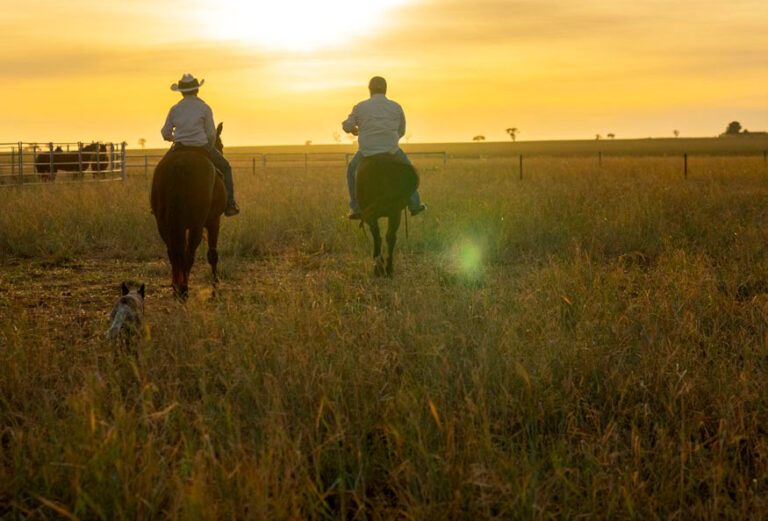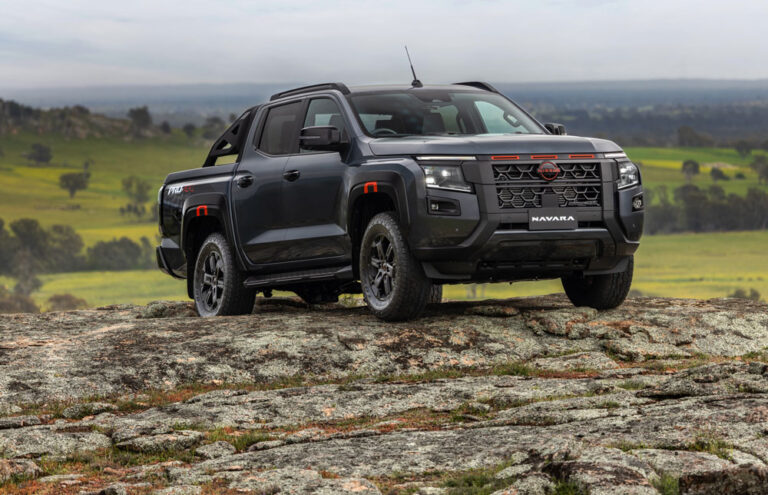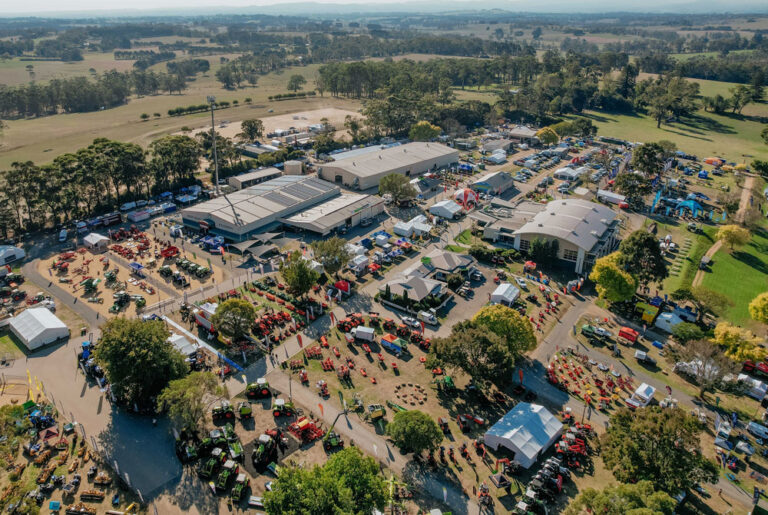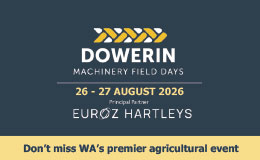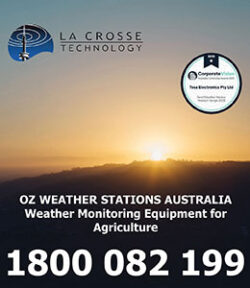With political parties at odds over the Net Zero debate perhaps it’s time to turn to community groups for more straightforward answers and action
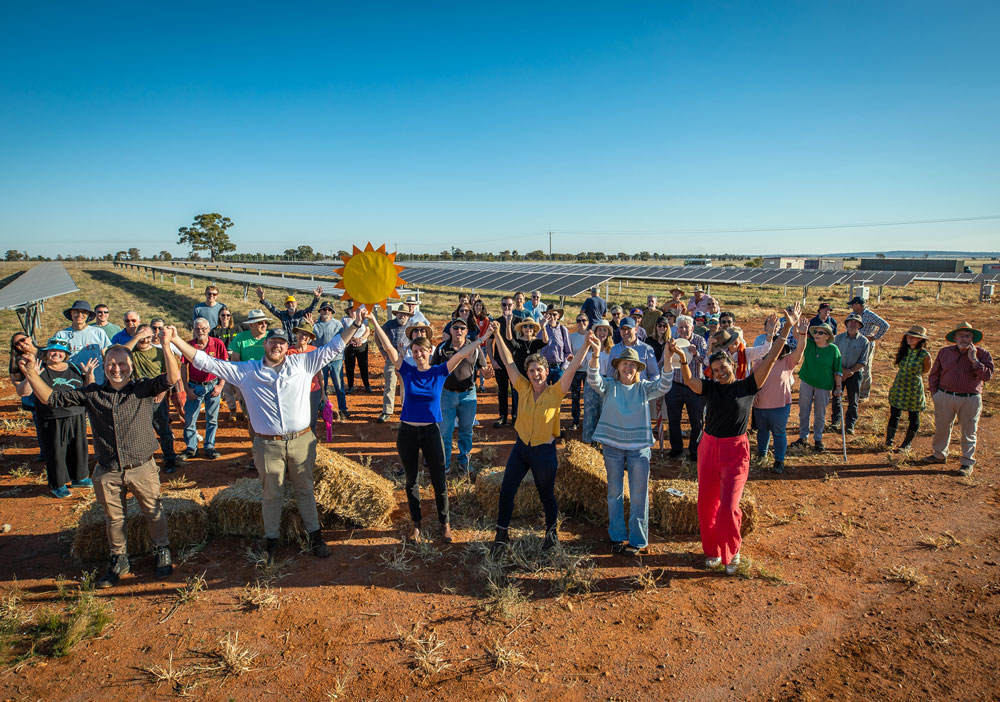
As regional communities again find themselves at the centre of debates over Australia’s net-zero future and are presented with a different point of view from each political party, maybe it’s time to do some research of your own.
A good starting point would be reading through the Handbook released by the Community Power Agency, that will help people in regional locations play a more active role in shaping how renewable energy projects can be developed in their region.
The handbook includes case studies and tools that build on best practices from other communities at the forefront of the energy shift – so others don’t have to start from scratch but can learn from what’s already working across the country.

“As renewable energy projects roll out, many regional communities are experiencing significant change,” explains Marie Lakey, co-author and Project Manager at Community Power Agency.
“Big changes require big support – but there’s been a lack of resources written for communities themselves. This handbook aims to change that.”
Across the country, there’s growing attention on how renewable energy developers engage with communities. But genuine collaboration is a two-way process, and communities also have a vital role to play.
Heidi McElnea, co-author of the Handbook and resident in the New England NSW renewable energy zone fills in some gaps, advising why “It’s essential that proponents engage with communities.
“But engagement is most effective when communities are also active participants. When we’re involved and working together, we can shape renewable energy development in ways that deliver real, lasting benefits for our region.
“This is not a time to stand on the sidelines,” Heidi McElnea added. “We hope the Handbook will help give communities the confidence they need to negotiate genuine outcomes.”
Drawing on years of on-the-ground work with regional communities, including those in Renewable Energy Zones, the Handbook provides a clear and constructive approach for communities to collaborate, set shared goals, and take action on local priorities such as housing, biodiversity, skills and jobs.
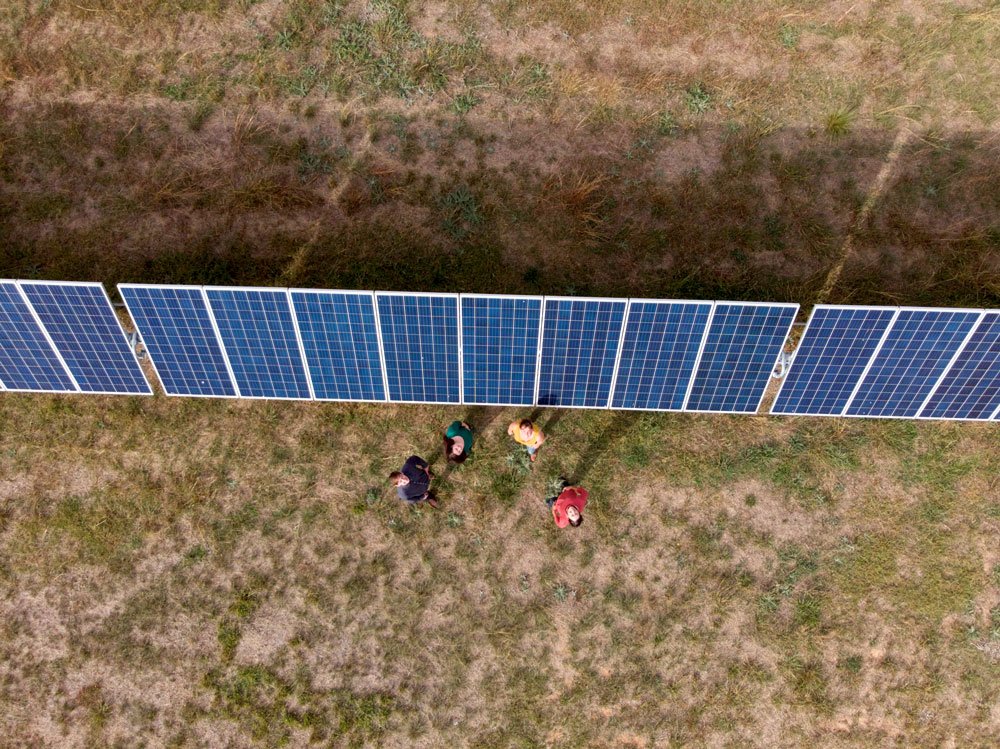
Quotes from case studies in the Handbook
Alison McLean
Hay’s Economic Development Manager
“We wanted to show our community the respect it deserved – by giving people the information they needed to make their own decisions. That process really brought people along. We could either have this done to us or done with us – and we chose to be part of the conversation.
“Because we’d done the groundwork and set clear expectations, developers came in with a real understanding of our community. It meant better, more genuine engagement from the start.”
Chris Sounness
CEO of Wimmera Southern Mallee Development
“Regional communities should shape how energy development coexists with agriculture and rural life. That takes a real partnership, one that plans for housing, jobs and services first, measures retained value, and ensures projects fit around how towns actually work.
“It also means land use fairness for agriculture, agri-justice alongside housing and jobs, so farming can keep producing while communities grow. It’s critical that communities are supported to engage, and it’s great to see a resource like this new Handbook helping make that happen.”
Read through the Net Zero handbook for community action here:



